Monster Hunter is a popular series lasting for nearly two decades. In it, players battle against powerful monsters to collect materials and upgrade their gear. Despite the gameplay loop being simplistic on paper, the franchise has gone through many iterations and refinements, turning it into an in-depth experience that many games yearn for more of. Because of all the changes from one game to another, it can be difficult to figure out which one to start with. To get an idea of what they’re looking for, players should take a look at every Monster Hunter game ranked in terms of improvements, content, accessibility, and general fun factor.
Due to the difference in gameplay and accessibility, mobile games such as Monster Hunter Explore and spinoffs such as Monster Hunter Stories will not be included.
Every Monster Hunter Game Ranked
12. Monster Hunter, Monster Hunter G, and Monster Hunter Freedom

The Monster Hunter series started with Monster Hunter on the PlayStation 2. The game introduced many concepts players would know today, such as capturing and carving defeated wyverns for their parts. While it’s not a bad game, especially for its time, looking back on it really shows how many improvements were made to the franchise over the years. Clunky controls and vague menus plagued much of Monster Hunter’s early days, and it can be tough for modern gamers to get used to the lack of quality-of-life features present in the current generation.
Monster Hunter G and Monster Hunter Freedom act as alternate versions of the original game’s expansion, adding a few new monsters and new difficulties. Pretty much all the content in these games can be found in future titles. It’s a fantastic landmark in the franchise’s history, but Monster Hunter has been made somewhat redundant over time.
11. Monster Hunter 2 (Dos)

Monster Hunter 2, also known as Monster Hunter Dos, is one of the few Monster Hunter games without an expansion. It added more content to the franchise, including new weapon classes, day/night cycles, and Elder Dragons that would practically become series staples. It was also extremely difficult, with monsters such as Kushala Daora and Rajang being feared by series veterans even today. It has much more to offer when compared to the original Monster Hunter, but it retains many of the outdated features such as attacking with the control stick. It’s worth checking out to see both the unique and lasting changes it made, but it would be difficult for Dos to end up ranked above every other Monster Hunter game.
10. Monster Hunter 3 (Tri)

Monster Hunter 3 (or Monster Hunter Tri) is the first game in the series to release on a Nintendo console. The game features many new monsters as well as the introduction of underwater combat, which would not be featured in future generation games. It’s noteworthy for trying so many new things, but many of these additions came at a cost. There were only 18 monsters total – the lowest amount since the original Monster Hunter – and the game even suffered from the removal of entire weapon classes. While it makes sense for base Monster Hunter games to be ranked alongside their expansions, there’s so much left out of Tri that it can barely stand up on its own.
9. Monster Hunter Freedom 2 and Monster Hunter Freedom Unite
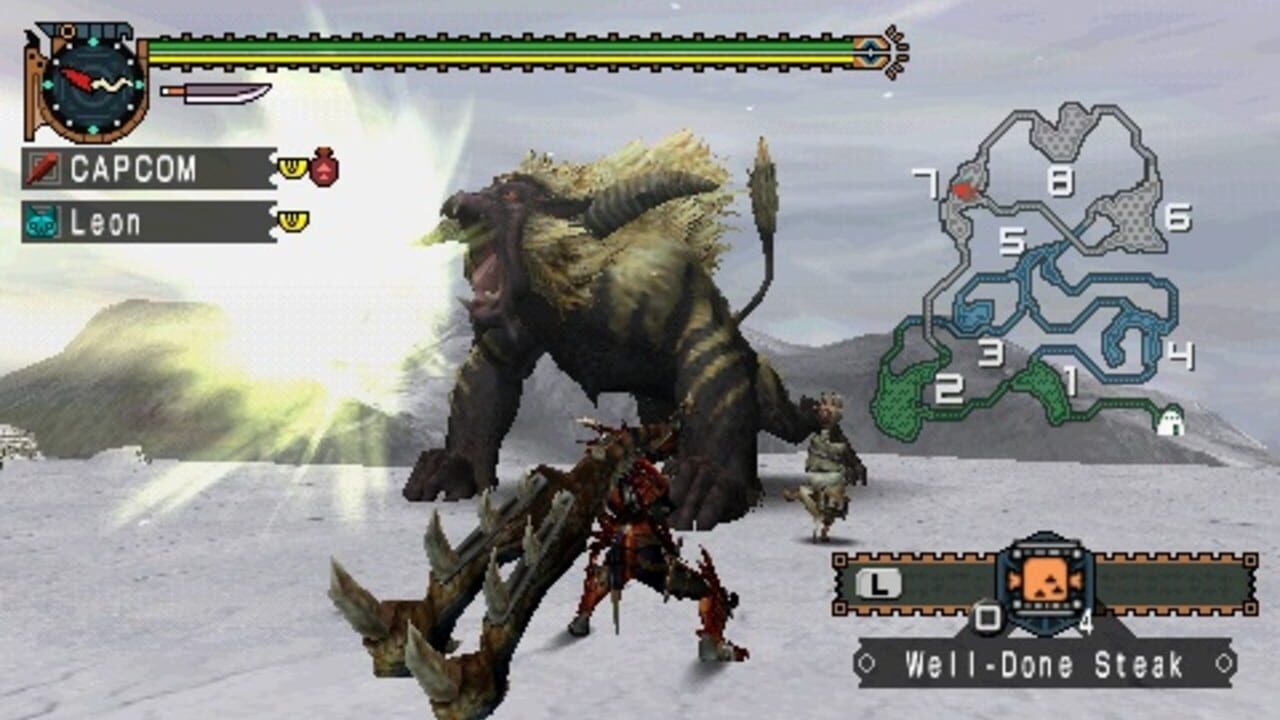
Monster Hunter Freedom 2 is a refinement of all games before it, and its expansion – Monster Hunter Freedom Unite – can be considered as the definitive classic Monster Hunter experience. Every monster from previous entries (barring Frontier) makes a return alongside new areas, weapons, and a massive number of quests to take on. While Freedom 2 lacks much of Freedom Unite’s content, it was also the first second-generation game ported to the west. Many players were able to experience new features such as decorations and unique weapon classes starting with these titles. Between these additions and fan-favorite monsters such as Tigrex and Nargacuga, it’s no wonder Freedom 2 and Freedom Unite are held in such high regard today.
It should be noted that these games offer a much slower style of hunting, even when compared to later Monster Hunter games that still retained loading screens and potion-flex animations. Many players still prefer this style over the modern high-mobility combat of games like World and Rise. Even so, the age between these two Freedom games and present-day titles is heavily felt with odd control schemes and poor conveyance of enemy hitboxes. Many monsters also share attacks between each other, even when they aren’t considered subspecies or variants. These games are still fun despite these issues, but it’s something for new players to keep in mind if they want to see the culmination of classic Monster Hunter gameplay up to that point.
8. Monster Hunter Portable 3rd
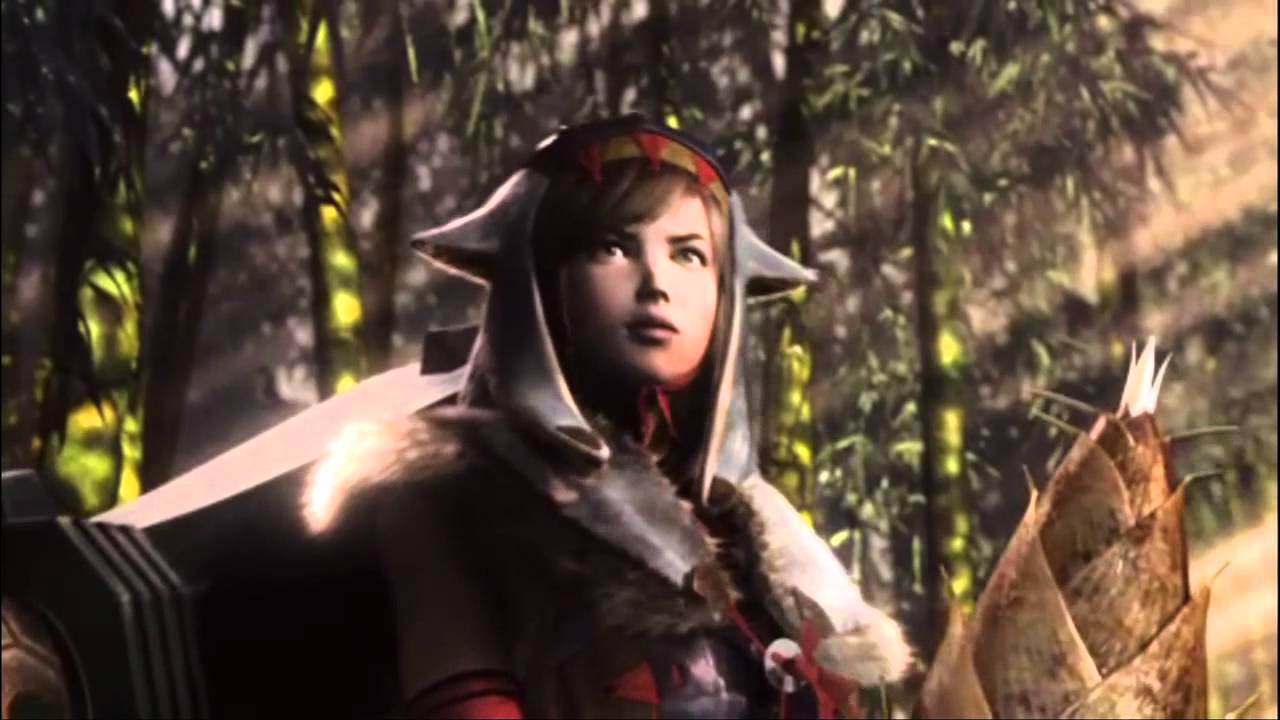
Monster Hunter Portable 3rd is not an expansion to Monster Hunter Tri; instead, it acts as an alternate game for the third generation with new and unique content. While it removed underwater combat, it also brought back many of the weapons and monsters cut from Tri and introduced some of its own. Portable 3rd redesigned numerous locales and weapon movesets to account for these changes, and it even had unique systems in its village such as a hot spring. Players coming from newer games might find get more enjoyment out of Portable 3rd than previous titles on this list, though it should be noted that much of Portable 3rd’s content – including the village and final boss – eventually made it into localized entries such as 3 Ultimate and Generations.
7. Monster Hunter 3 Ultimate

Monster Hunter 3 Ultimate is one of the largest expansions a Monster Hunter game has ever received. It nearly tripled Tri’s monster roster on top of adding new mechanics and quality-of-life features. The Wii U version also boasts online multiplayer with continued activity nearly a whole decade later. To this day, monsters introduced in this title such as Dire Miralis have yet to appear in any other mainline game. Monster Hunter Tri provided a more unique experience than any game before it, but 3 Ultimate offers that same experience with more content and creativity than anything offered by its predecessor.
6. Monster Hunter Frontier and its expansions
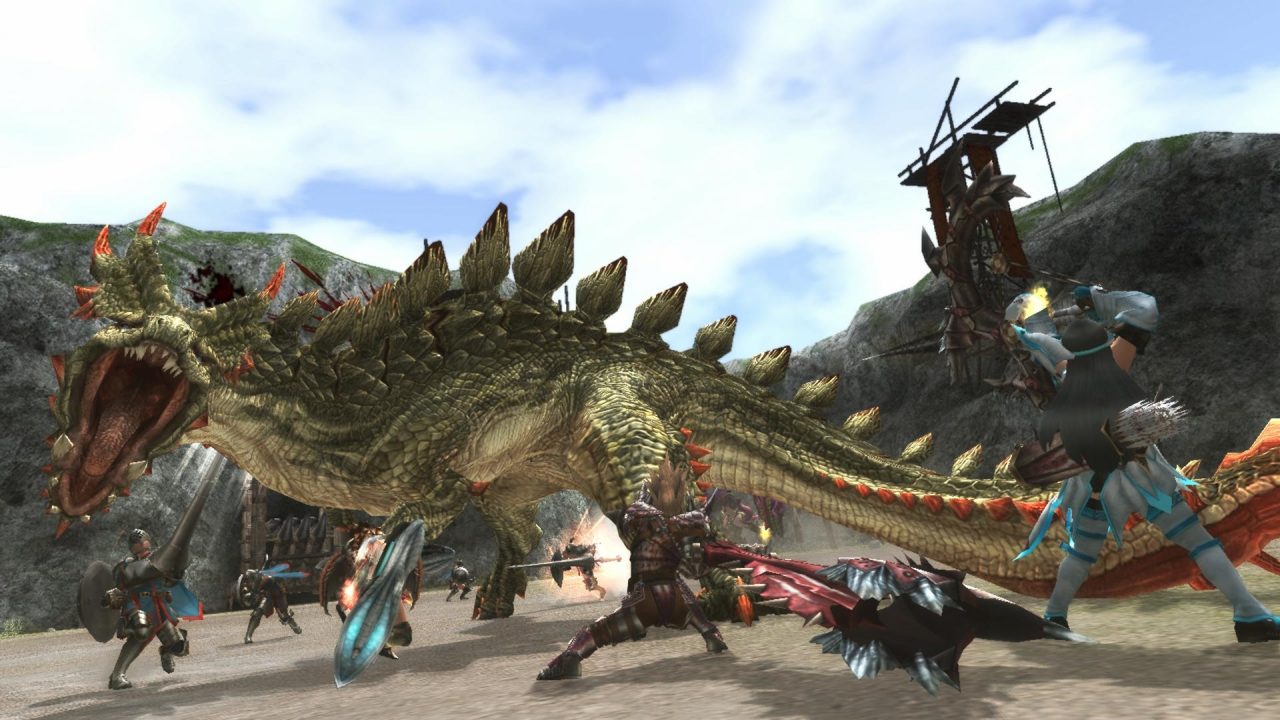
Due to its status as an MMO spinoff, it’s tough to put Monster Hunter Frontier on any ranked list involving every major Monster Hunter game. But considering it’s been recently acknowledged as part of Monster Hunter Rise’s expansion, not to mention its general popularity, Frontier barely manages to scrape its way onto the list. Through years of improvements and additions, this title added more new monsters than any other game in the franchise, as well as unique weapons and weapon styles that completely changed how hunters fought. Some consider its content to be a little too over-the-top, with monsters having extremely powerful moves that can cover an entire area and one-shot many hunters. But the sheer amount of content players get out of Frontier is astonishing in its own right.
Frontier’s servers are currently offline, so the ability to play it is extremely limited at best. But thanks to Espinas being added to Sunbreak, future players might be able to experience more unique monsters — and maybe even weapons — from this title.
5. Monster Hunter 4 and Monster Hunter 4 Ultimate
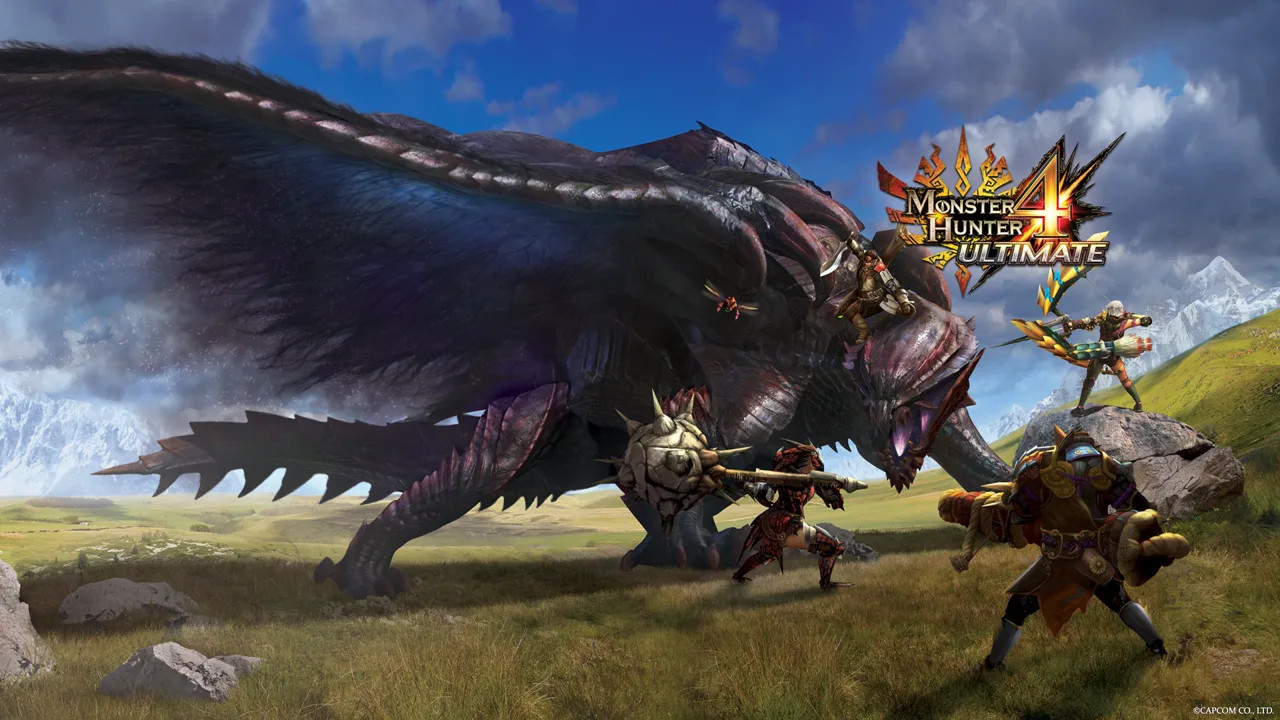
Monster Hunter 4 is the first Monster Hunter game to get the player so deeply involved in its story. Through travels with a caravan, players face off against the dangerous Frenzy virus being given off by the unknown monster Gore Magala. Old and new mechanics are presented to players through this story, making this title one of the most accessible Monster Hunter games. Additionally, new weapon classes are introduced for the last time in the mainline franchise so far, and missing foes like Yian Kut-Ku and Rajang make their return after being absent for a whole generation.
Monster Hunter 4 Ultimate is a simple expansion of 4, adding even more new monsters and features such as the Apex state. In short, the game was given more challenge and variance for players to overcome. It’s also the only version of the game that was localized for western releases. If players wish to forego World or Rise as their first Monster Hunter game while still having many weapons and features prevalent in the series today, 4 Ultimate is certainly the best choice for them.
4. Monster Hunter Generations and Monster Hunter Generations Ultimate

As the name implies, Monster Hunter Generations is a celebration of the Monster Hunter franchise. Its expansion, Monster Hunter Generations Ultimate, features the largest monster roster of any mainline title. Many of these monsters return from previous entries, but the games also introduce brand new styles and arts to drastically alter the way a hunter plays. The absolute massive amount of content can make it a pain to clear every quest even for long-time fans of the series. But there truly is something for everyone in this title, especially with the addition of Deviants and the return of classic foes such as Lao-Shan Lung.
Monster Hunter 4 Ultimate and Monster Hunter Freedom Unite are arguably the best “classic” games for players to start out with. But Generations Ultimate is a culmination of everything up to that point, making it perfect for those wanting to see just about everything offered by older generations. Of every Monster Hunter game ranked on this list, the sheer content from this one allows it to stand above all those before it.
3. Monster Hunter World

Monster Hunter World is arguably the defining title for the franchise up to this point. When making the leap to 4K-capable platforms, this game abandoned loading zones and created more immersive environments than ever before. It also sought to improve monster AI and player skills immensely, making for incredibly dynamic and intense hunts. The titles before and after it have not matched its atmosphere or accessibility, making it clear why World is among Capcom’s best-selling games of all time.
In spite of all it accomplished, though, there are still a few glaring issues with this entry. On top of arguments regarding the series being “casualized” and losing out on more of the intricate systems outside of hunting monsters, World also just has a very poor monster roster. Outside of a few stellar performers, forgettable additions like Great Girros leave much to be desired, and crossover monsters like Ancient Leshen and Behemoth rely on game mechanics to be difficult rather than varied & engaging attacks. At times, the locales can even be too immersive for some, making it an absolute pain to just traverse large-scale areas like the Ancient Forest.
Monster Hunter World isn’t a perfect game, but its improvements above its predecessors make it perhaps the best game first-timers could ever start out with. Once they stop struggling with World’s toughest challenges, some players might find the rest of the series too easy in certain aspects. Whether this is true depends on what those fans would define as true “difficulty” during battles. Rather, it stands as a testament as to how well World trains hunters for their journeys into old and new games in the franchise.
2. Monster Hunter Rise
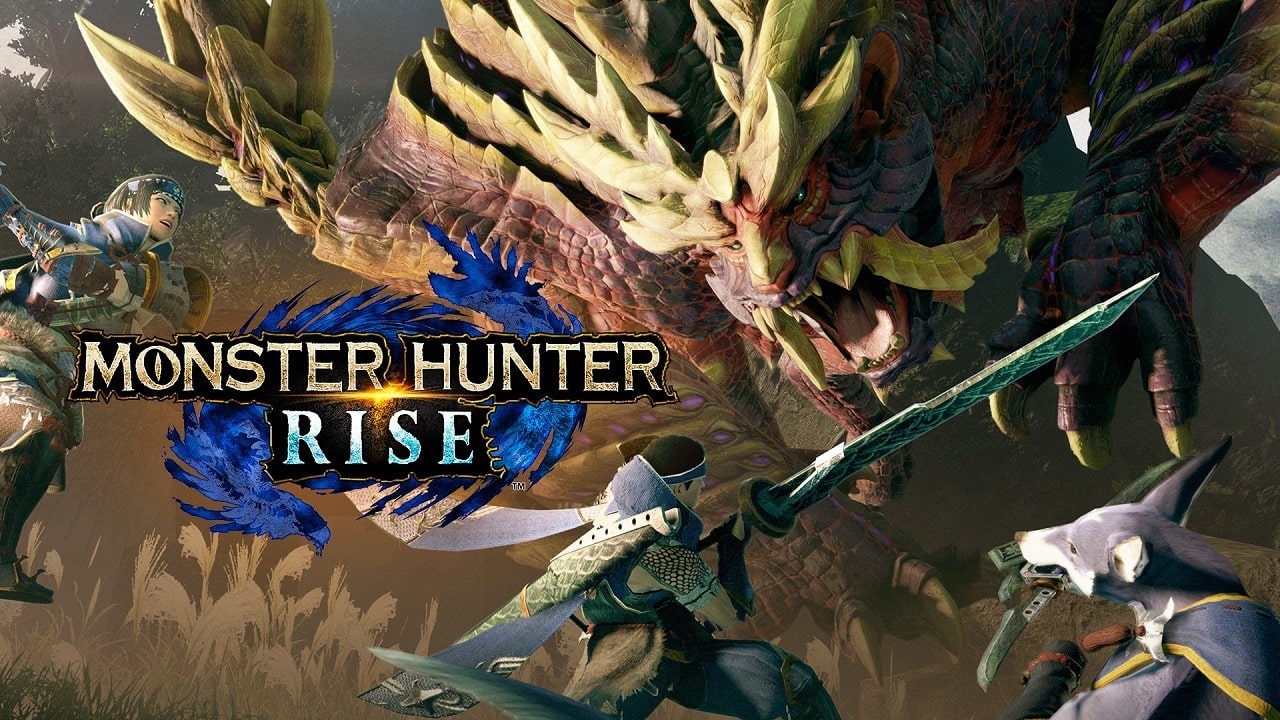
Monster Hunter Rise has been the subject of controversy as a follow-up to World. Due to being designed for lower-power hardware, it lacks the graphical fidelity and immersive detail found in its predecessor. Its fast-paced combat has also left some players feeling alienated, with first-timers from World even claiming that it’s too easy. This is partially thanks to some changes that make Rise’s systems closer to older generations, including a split between Key Quests and Hub Quests, but the truth of the matter is that Rise is simply a different game.
New to Rise is the addition of Wirebugs. These allow for aerial movements at any time, with the game’s environments being designed around them. They also expand the move sets of various weapons, usually giving many of them the ability to counter attacks and escape danger quickly. The removal of further tracking features further accentuates Rise’s “portable” style, making it a game meant to be picked up and put down at a player’s leisure. Rise is built off of World’s improvements on top of the systems from older games, making it simply another choice for someone’s favorite modern Monster Hunter game.
In some ways, Rise directly improves on the changes World made. The monster roster is far more impressive and engaging, with almost no gimmicky fights outside of a few early-game foes. The increased movement options also make simple traversal far more fun, keeping players from getting bored on the way to their target. These few improvements allow Rise to rival and even surpass World when it comes to actually facing the monsters…which is what the whole point of Monster Hunter is to begin with. For anyone that considers themselves a fan of the series and not just a single game, there’s no reason not to give Rise a closer look.
1. Monster Hunter World: Iceborne and Monster Hunter Rise: Sunbreak
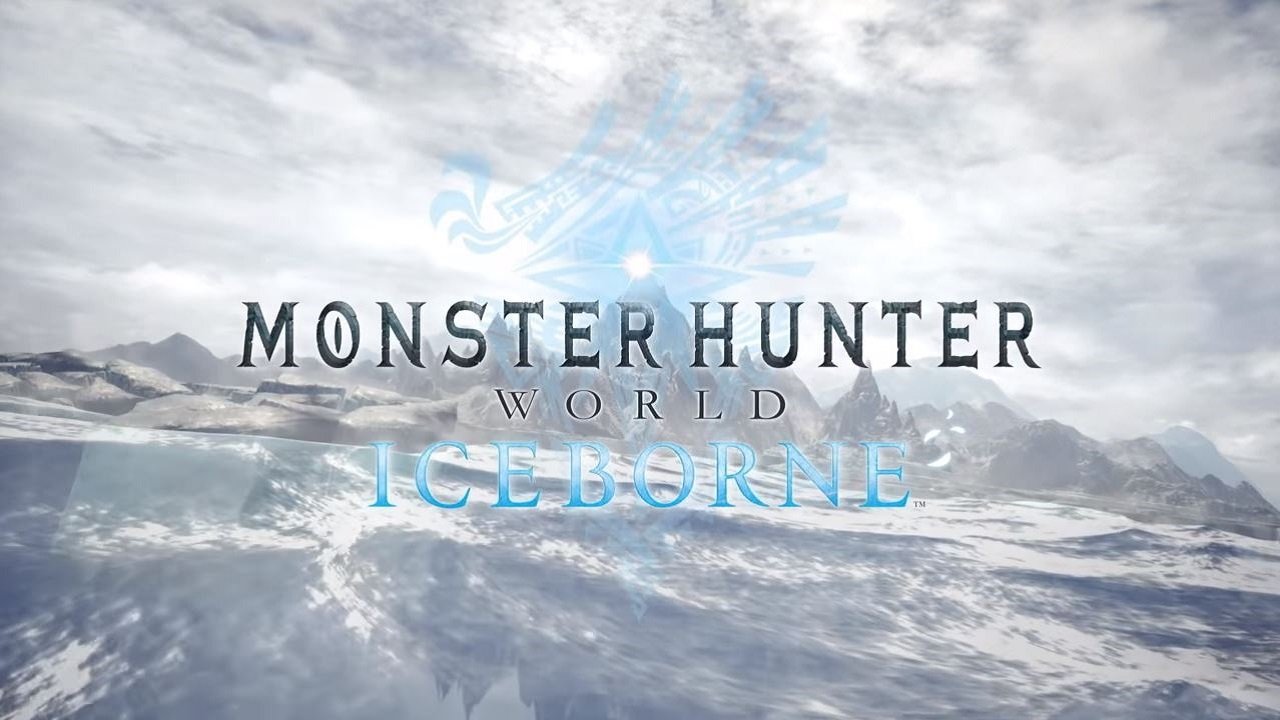
When having every Monster Hunter game ranked, it’s easy to see expansions as separate games entirely. In a way, Monster Hunter World: Iceborne is what World should have been. Beyond the new locales and expanded difficulty, Iceborne also takes World’s disappointing roster and improves it immensely. Returning monsters are arguably at their best in Iceborne, with more varied attacks and better AI than ever before. New subspecies manage to provide vastly different fights from their counterparts, “variant” monsters are some of the most challenging-but-fun fights in the franchise. Even its story manages to throw in a few exciting twists, which already puts it leagues above the base game’s.
Of all the things to complain about with Iceborne, the most common one is the Clutch Claw. Every now and then during hunts, players are encouraged to tenderize monsters and slam them into walls using the new tool, changing the pace of hunts quite heavily. Those who own Iceborne will also have the Clutch Claw forced upon them in the base game, which can turn some away from a more traditional Monster Hunter experience. But the claw isn’t actually necessary for most of the game or its expansion, if it’s even necessary at all. It’s simply another way to speed up hunts by a few minutes, similarly to Rise’s Wirebug attacks or Spiribirds.
There are a few more cases of gimmicky fights in Iceborne, with many monsters added in updates requiring multiplayer or having strict time limits. But these encounters are vastly outweighed by the countless fantastic additions this expansion offers. There are few greater feats than finally taking down the strongest monsters in Iceborne, and every Monster Hunter fan should experience those feats at least once.
Related: Monster Hunter World: Iceborne Review
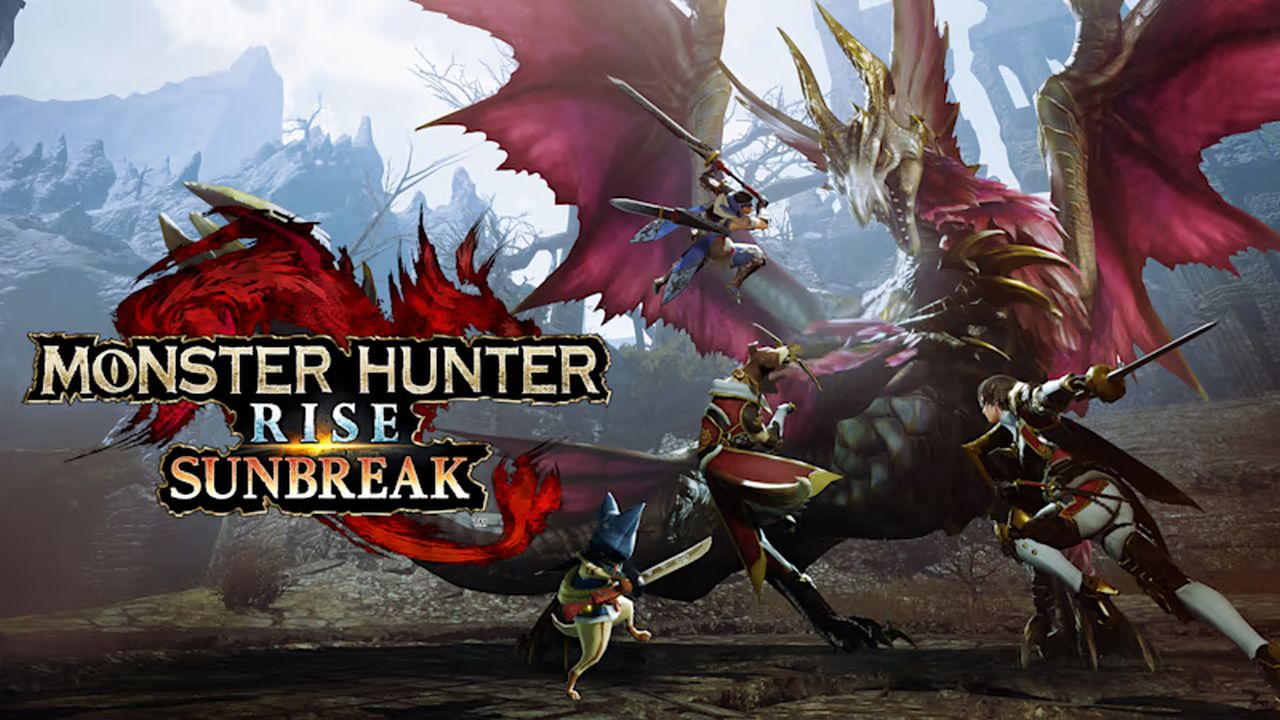
While the changes made by Monster Hunter Rise: Sunbreak aren’t as vast when compared to Iceborne, it offers almost nothing but improvements across the board. In-quest skill swapping just makes for more options during combat, and the new monsters still manage to keep players on their toes throughout every fight. Anomaly quests also provide the devastating challenges missing from the base game, offering quests even more difficult than the toughest battles from World and Iceborne.
If there’s one complaint to be made about Sunbreak, it would be its grind. There are more options than ever for players to experiment with in terms of armor and weapons. Unfortunately, these options are also subject to RNG, with talismans and augments not allowing for the best optimization choices. Anomaly quests also happen to be grind-focused, with the more unique encounters being locked behind hundreds of fights. But anyone who so much as liked Rise will still love what Sunbreak can provide, to the point where that grind could even be a net positive — if still a bit less interesting than Iceborne’s Guiding Lands.
Iceborne and Sunbreak are two sides of the same coin. One offers immersive realism and grounded-yet-intense combat, while the other provides high-speed action and extremely varied encounters. Indeed, Sunbreak has a larger number of monsters available to fight in comparison to Iceborne, with no requirements on solo play or multiplayer. It even has the option for AI-controlled party members to join in hunts, allowing lone hunters to enjoy a different form of cooperative play. Sunbreak lives up to the standards set by Iceborne and absolutely deserves to stand alongside it at the peak of Monster Hunter greatness.
Related: Monster Hunter Rise: Sunbreak Switch Review
Even when having every Monster Hunter game ranked, some players might simply prefer older games to the newer entries — and vice versa. Perhaps long-time fans might miss the in-depth preparation and mechanics from Freedom Unite. World players might find the older games too slow to enjoy, while Rise players might even find World itself to not be as fast as it could be. The opinions of the fans will always be subjective, and there are valid reasons to like each and every game above the rest.
Plenty of changes have been made throughout each entry in the franchise, and that will likely be true for the next entry, too. Whether fans get something more similar to a World 2, a Rise 2, or even a Generations 2, it’s not unwise to expect something that pushes the franchise’s boundaries even more than the last few games did. Every Monster Hunter builds on the last, and the next game has just as much potential to be ranked at the top. In spite of their preferences, fans will still have plenty to look forward to as the series enters its 20th anniversary.


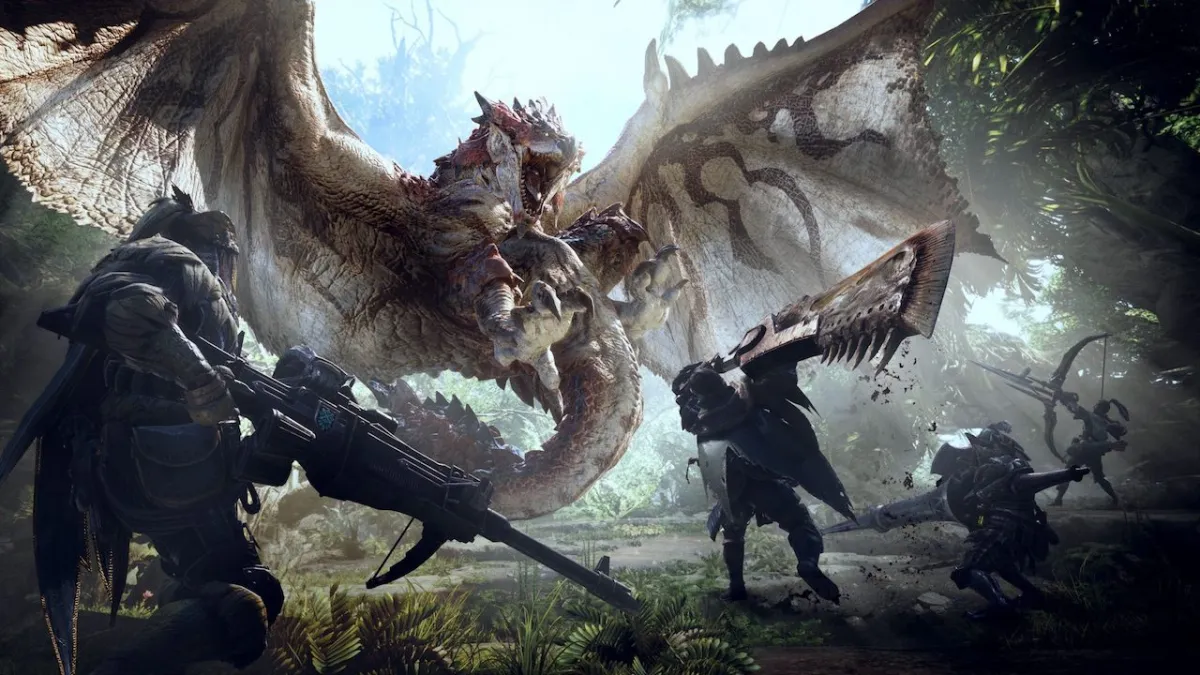
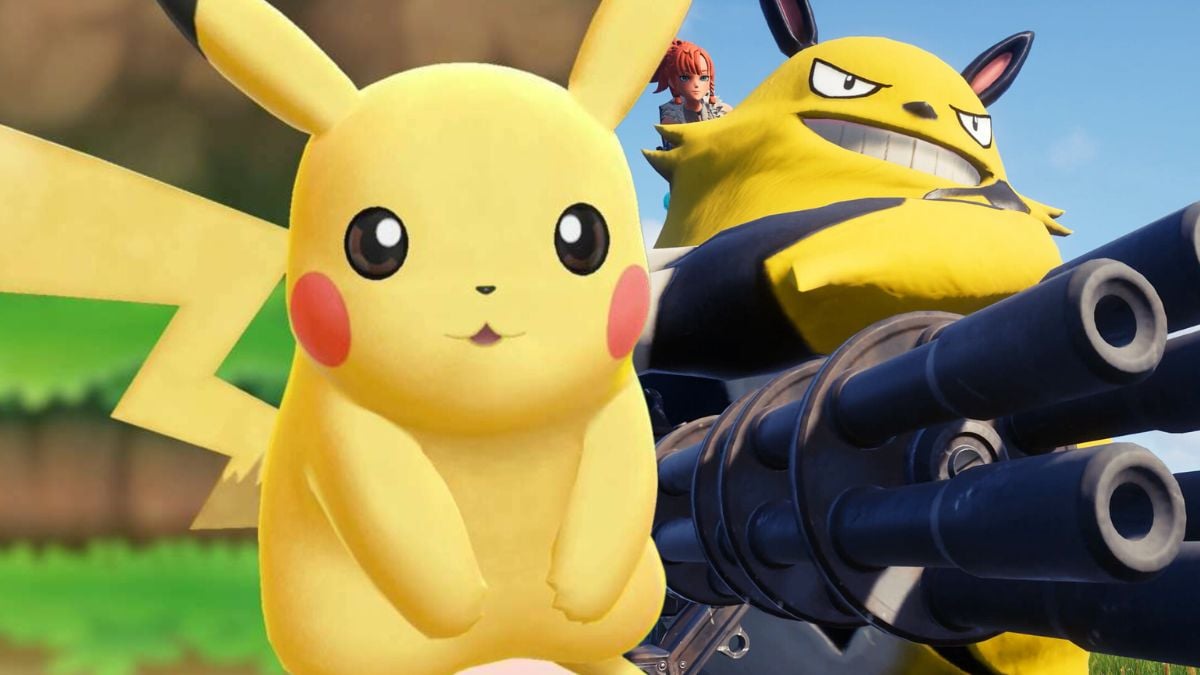

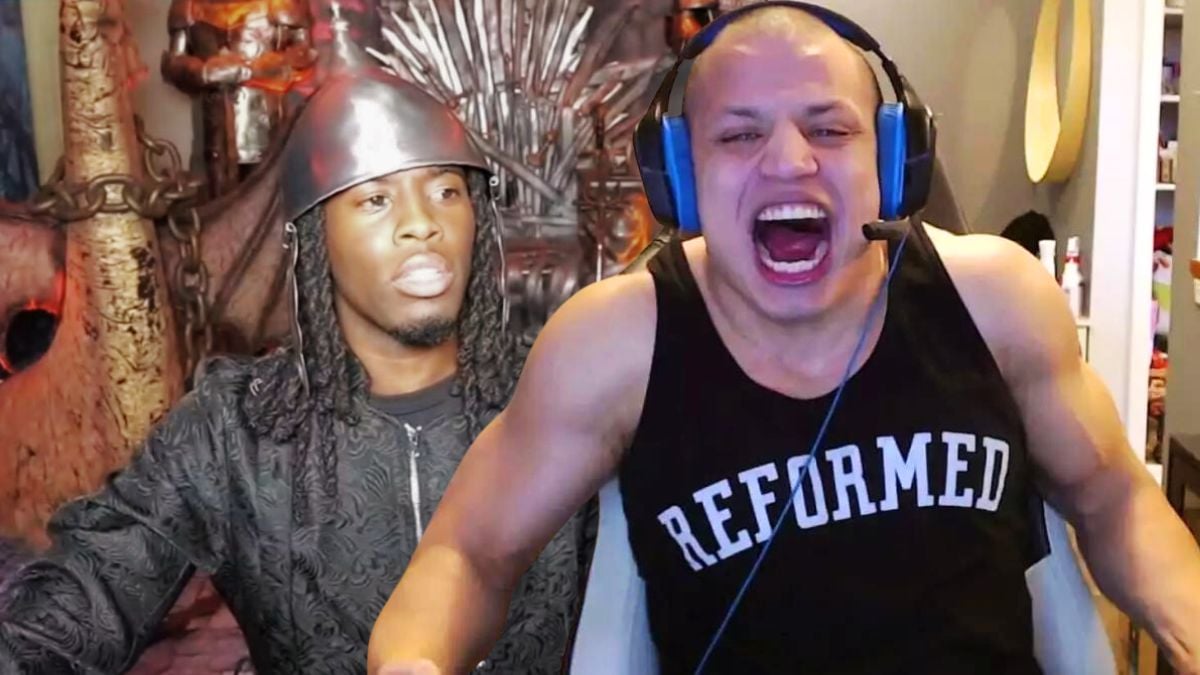





Published: Nov 6, 2023 01:37 pm